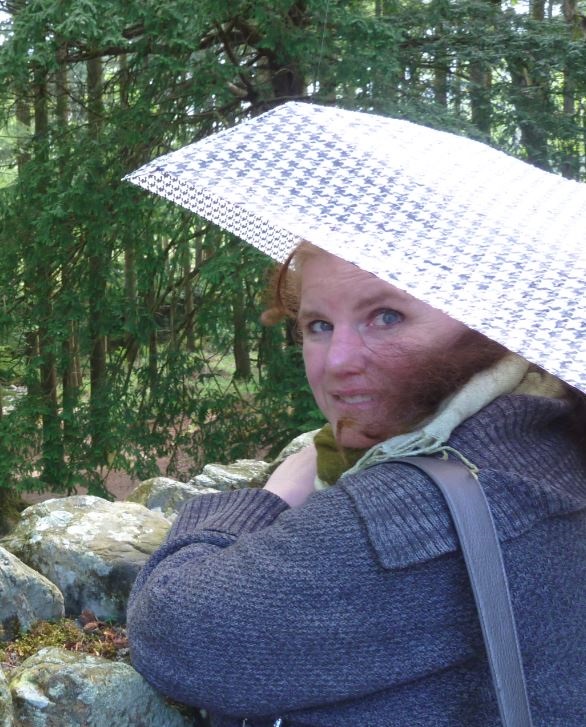Also, a copy of the book was available at Monterey Peninsula College, and I just got a library card thanks to my temporary tutoring job there. (I’m willing to read your story, but I’m not sure I’m willing to pay for it. And what a tattered little book it was. The yellowed pages were falling out as I read it and I kept having to tuck them back in. Afterwards, the library gave me the book.) So, Mr. Delaney, Chip, here you are, a “D” amid the “L’s”.
Babel-17 is about a telepathic poet, and Delany used his then-wife’s poetry for the main character’s. The ship Rydra travels on is the Rimbaud, the name of a deeply influential nineteenth century French poet, and a nod again to Marilyn, who studied French poetry and now lives part of the time in Paris. An especially lovely piece of her poetry was: I pass beneath a fixed white line of trees/ where dry leaves lie for footsteps to dismember. / They crackle with a muted sound like fear. / I ask cold air, “What is the word that frees?” / The wind says, “Change,” and the white sun, “Remember.”
What I learned from this was that Marilyn Hacker is a great poet. Samuel Delany? Not. He reminds me of that priest, Thomas Merton, who wrote The Seven Storey Mountain, who is a wonderful author but a really painful beat-poet. Delany’s use of poetic imagery is imaginative, but not in any way evocative – because I fight too hard for the emotional connection, and still don’t get any.
That is peculiar, because Delany seems to have a very firm understanding of what readers need. Rydra even says at one point, “Did you know the emotional unit in writing is the paragraph?” (Here’s a fascinating concept that I don’t quite understand, and I will have to ask him about it.)
And still, he doesn’t give it to us. But Babel was also written when he was twenty-two. I would be sort of interested in seeing how books not written in his twenties fared, especially his writings on the nature of language and science fiction. Fortunately, he didn’t lean on this descriptive method through out the book. When he got to normal prose, it read just fine, and sometimes with a sparkly jewel-ish brilliance, a lovely silhouette suggesting poetry, and I felt much better about this book, even though the ending kind of unraveled on me. He does get high marks for mentioning bandicoots. His ideas glitter, too, with a poetic grace, and I can see why this book won a Nebula because the ideas aren’t just presented: they make you think about things you haven’t thought about before, in ways that you haven’t thought before. Like Rydra, you expand beyond your borders. It’s powerful.
On influences, again. I can hear the ghost of Rydra in Emma Bull’s characters. She wasn’t kidding when she said that this story impressed her: I am very interested in seeing how this book affected her first science fiction story, Falcon. (Falcon? Like the Midnight Falcon ship in this story???) Sparrow from Bone Dance seems to have borrowed from Rydra. Also, given Delany’s Empire Star and Midnight Falcon and space battles, I am guessing that George Lucas lifted them, either unconsciously or consciously.
Twisty, slippery lessons. Can you make your reader experience the same thing your character is experiencing, and then get your point across that way? Riddley Walker kind of did this. The reader was working hard to comprehend, as was Riddley. Here, the reader goes into new worlds even as Rydra’s consciousness expands.
I’ve been tutoring in reading and writing for two months now, and one of the important concepts is giving a picture for ideas. You give the picture, but there is an idea behind it. For instance, “understand” and “grasp.” Understanding is an idea, and so is grasp, but you can also see someone grasp something. Maybe in writing, you give that visual, and the idea stands behind it. I will have to think on this.

 RSS Feed
RSS Feed